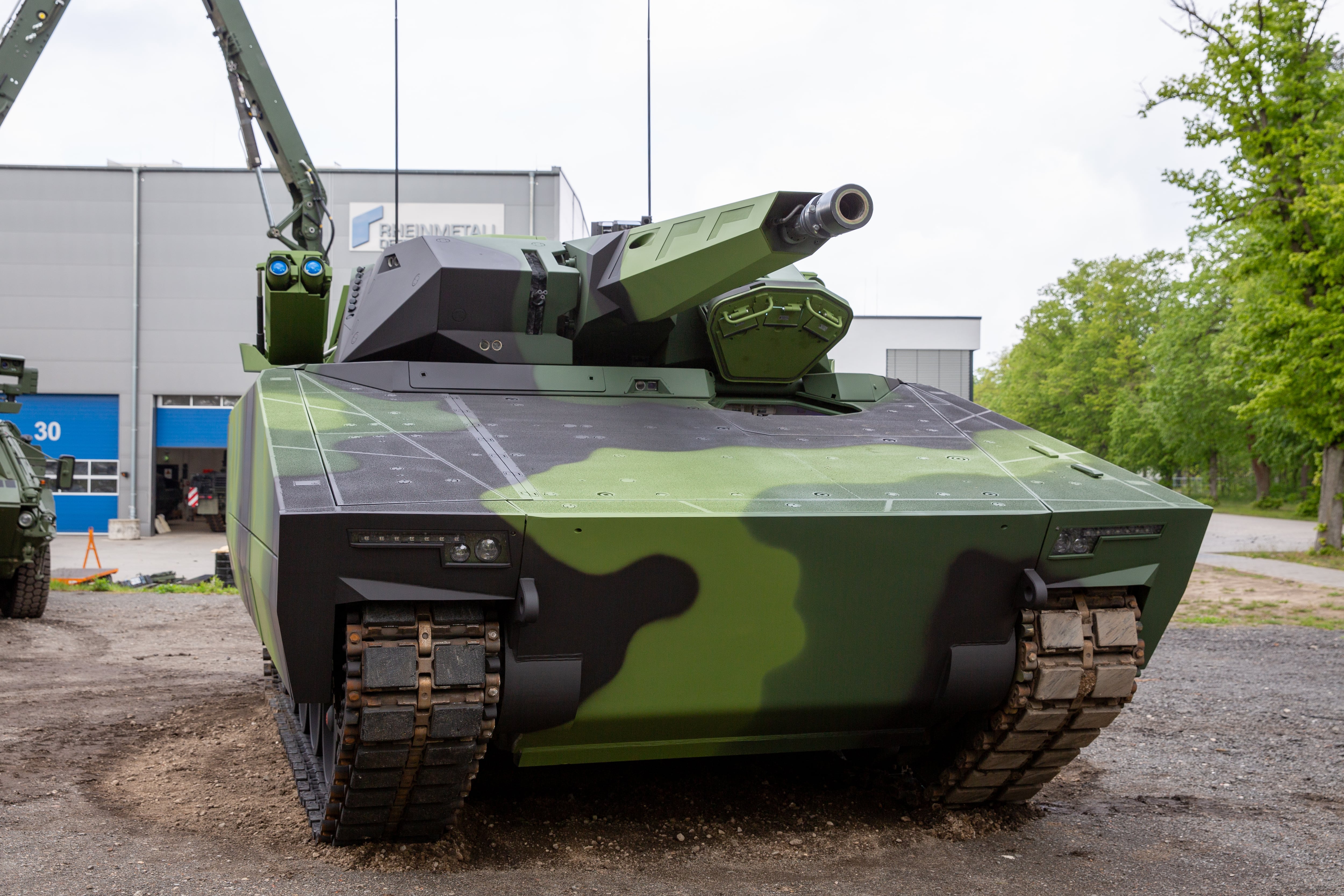WASHINGTON — While essentially killing the U.S. Army’s plan to competitively acquire a replacement for the Bradley Infantry Fighting Vehicle, Congress in its fiscal 2020 defense spending package is injecting more than $100 million to fund the advancement of next-generation combat vehicle technology and is allocated another couple hundred million dollars for technology that will benefit related efforts.
The second top modernization priority is the Army’s next-generation combat vehicle, and the service’s first major move toward modernizing its combat vehicle fleet was to replace the Bradley. But that hasn’t gone according to plan after the Army received only one bid from General Dynamics Land Systems in its optionally manned fighting vehicle, or OMFV, competition to replace the Bradley in October.
RELATED

While the Army hasn’t said how it plans to proceed, Congress cut $172.8 million from the service’s budget request for OMFV, making it appear impossible to fund a competitive prototyping effort.
While the Army considers its next steps to replace the Bradley fleet, it’s not stopping other technology development efforts to improve its current and future combat vehicle fleets. And congressional appropriators are adding $145 million into next-generation combat vehicle technology development funds on top of the Army’s request for $379 million.
Under NGCV technology development, Congress is peppering funding into prototyping energy-smart autonomous ground systems, highly electrified vehicles and autonomous vehicle mobility accounts.
More funding is being applied to additive metals, manufacturing, structural thermoplastics and advanced materials development to make vehicles more survivable on the the battlefield.
Additional funding is included for protection from rocket-propelled grenades and improvised explosive devices, and money will go toward modeling and simulation efforts.
Under advanced technology development for NGCV, Congress is adding funding for additive manufacturing to include using it to develop jointless hull technology, hydrogen fuel cells and an ATE5.2 engine.
The Army will also get more money to develop carbon fiber and graphite foam technology as well as advanced high strength and lightweight steels. The service will also fund combat-vehicle weight-reduction efforts, additive manufacturing of critical components and advanced water-harvesting technology.
Congressional appropriators also added funding for Humvee technology development to include augmented reality systems, a health usage monitoring system, autonomy, torque monitoring and automotive enhancements.
More funding was added for NGCV virtual and physical prototyping, too.
While not specifically allocated toward NGCV technology development, Congress also has added $246.4 million in ground technology development funding that could apply to future vehicles.
That funding includes more work on additive manufacturing to include cold spray technology, materials research including polymers for lightweight armor, protection against the elements and threats, and alternative power development.
More plus-ups include funding for sensors for underground detection and also urban subterranean mapping technology as well as unmanned aircraft system-mounted hostile threat detection.
While the Army’s plan to field a Bradley replacement may be in flux, the service is also looking further into the future at what could ultimately replace its M1 Abrams tank, for example. The technology development work being done within the service now will help paint a picture of what that future vehicle could look like as well as replacements for other combat vehicles in the fleet.
Jen Judson is an award-winning journalist covering land warfare for Defense News. She has also worked for Politico and Inside Defense. She holds a Master of Science degree in journalism from Boston University and a Bachelor of Arts degree from Kenyon College.








